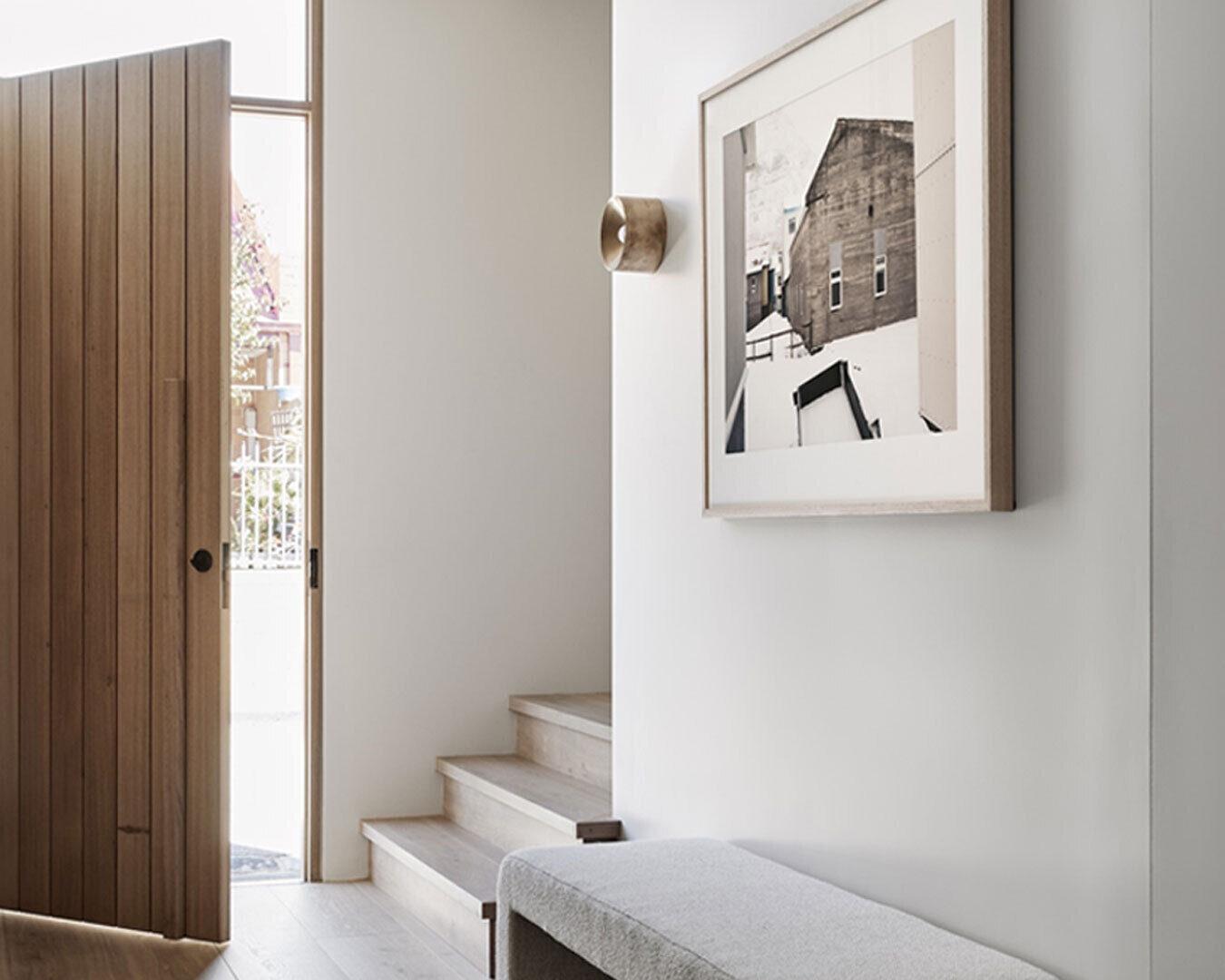
This Simple Inspection Could Save You Thousands
If you're on the hunt for a new home, the term ‘building and pest inspection’ has probably popped up a time or two. If you're unsure about what this means or wondering if it's even necessary, rest assured, you’re not alone. It may seem like just another item on a long checklist, but it may just be your saving grace. Let’s explore what it is and why it’s essential to have one.
What is a Pre-Purchase Building and Pest Inspection?
A pre-purchase building and pest inspection is kind of like a test drive in real estate. Handled by certified professionals, it's an in-depth check for structural integrity and pest presence. If they uncover any issues, you'll be briefed on the specifics and they often provide rough estimates for rectification costs.
What do inspectors check during an inspection?
1. Structural Issues: Beyond a chipped paint job or a squeaky floor, we're talking about major structural defects. Houses must comply with the Building Codes and Standards of Australia. Falling short could lead to unanticipated financial burdens.
2. Pest Infestations: Termites, rodents, and other pests can be a homeowner’s nightmare. The inspection identifies any current infestations and potential risks, saving future heartache and costly extermination or repairs.
3. Necessary Repairs: With an inspection, you’ll have a clear picture of repairs, helping you budget effectively.
4. Electrical and Safety Checks: You don’t want the excitement of your new home to be ruined by potential fire risks. Inspections highlight faulty wiring and inadequate smoke alarms.
5. Unsafe Areas Identification: Knowing about potential safety hazards is crucial when buying a new home. From asbestos threats to missing balustrades, it’s important to understand the safety dynamics of your potential home.
6. Examination of Sundry Structures: It's not just the main house that needs to be examined. Features like sheds and patios must adhere to local council guidelines.
When should a building and pest inspection be carried out?
Ideally, schedule an inspection post-offer acceptance but prior to settlement. While the process generally takes one to two hours, inspectors typically provide a detailed report within a few days, some even within 24 hours. If major concerns arise, it’s wise to consult an expert for a more in-depth assessment.
Including a Building and Pest Inspection Clause in Your Contract
One pivotal step, often overlooked in the rush of buying a home, is ensuring the inclusion of a ‘subject to building and pest inspection’ clause in the purchase contract. This provision grants buyers the right to conduct a thorough inspection before finalising the sale. If significant issues are identified during this assessment, buyers may negotiate repairs, adjust the offer price, or even withdraw their offer without penalty. By incorporating this clause, you equip yourself with a safety net, ensuring you’re not inadvertently committing to a property with concealed structural or pest issues.
Understanding the Value of Inspections
The cost of a building and pest inspection can range anywhere from $300 to $1000. Though parting with this cost for an inspection might seem steep, in the context of a home purchase, it's nominal. The peace of mind that comes from knowing you're making an informed decision about a pest-free and structurally sound home is invaluable.
Buying a house isn't just about how it looks or where it's located. It's also about making sure you're not buying problems. With a building and pest inspection, you're taking the steps to ensure you won't face unexpected issues or costs down the road.